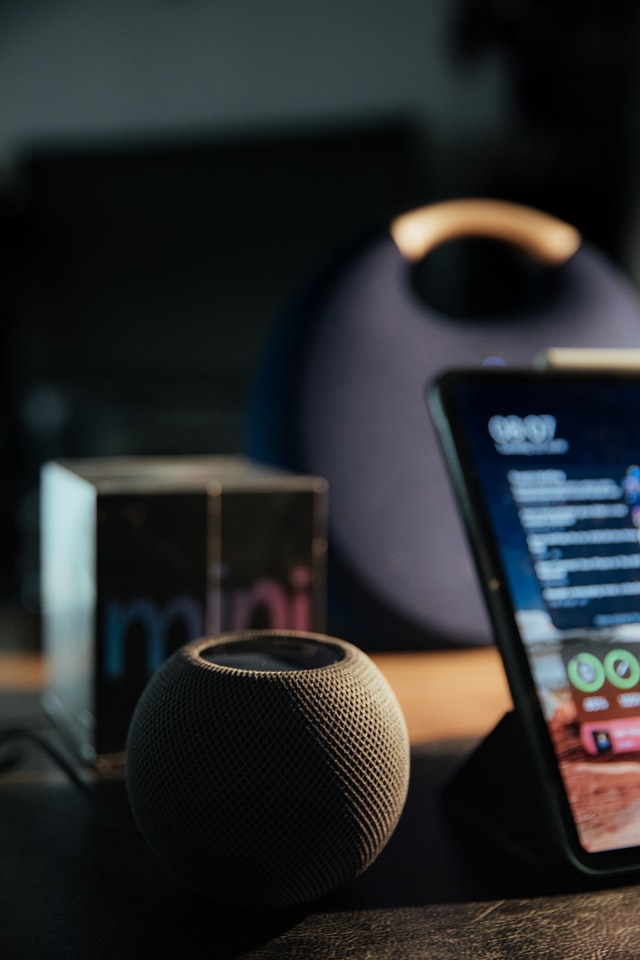Do you want to know what the biggest change in Google search rankings will be this year? You are correct if you said voice search optimization! According to a report by PwC in February 2018, one in four adults are expected to use voice technology on a regular basis by 2022.

We are at a critical juncture in the evolution of search engines, and it is up to us as SEOs and content strategists — or whatever you want to call yourself — to fully comprehend how these SEO Trends will fundamentally change our industry.
Why you should care about Voice Search Optimization
Voice search optimization (VSO) is the process to Optimize your website for voice search queries. The goal of voice search optimization is to ensure your website ranks at the top of search results when someone asks a question using a virtual assistant, like Siri or Alexa.
There are numerous ways to improve your overall search rankings without relying on voice search, whether you’re working with a new or existing website. However, if you want your site to be ready for voice search growth in the future, you must prioritize voice search optimization.
According to Google, voice searches account for more than one out of every five searches.
Given how common smart speakers and mobile assistants are, this should come as no surprise. Furthermore, in recent years, Google has placed a greater emphasis on rich answers and featured snippets. In addition, Google has already stated that more people are using voice search than ever before.

Currently, voice search drives more than $2 billion in sales — and incorporating voice search optimization into your strategy will help you sell more and increase revenue. Voice search is already being used by many people to find directions, look up phone numbers, listen to the news and so much more.
Voice search enables your audience to obtain information quickly and easily. People are constantly busy or on the go in today’s world, and voice search makes their lives and information searches easier. Don’t you think it’s a pastime to start optimizing your site for voice searches? The truth is that if your company does not adapt to the search by voice trend, you will lose future valuable leads and revenue.
How does voice search work?
Voice search works by parsing the words spoken into a microphone and matching them to the
appropriate results. Assume you ask Google (or any other voice assistant), “Where can I buy a Tesla?” This is what happens:
The app or device uses speech recognition technology to analyze the audio file
and convert it to text. The search engine parses the text and looks for the most relevant matches. Based on your location and other ranking factors, the algorithm returns the most relevant results.

The voice assistant reads the results to you aloud. As simple as it may appear, this entire process is complex and involves many moving parts that must all work together.
In general, this technology uses speech recognition software to determine what users are asking for. The software then fetches the relevant internet results. The results usually come from websites that get optimized for voice searches.
How do you optimize your website for voice searches?
While the concept of optimizing your website for voice search might be a little intimidating at first, it’s actually not as complicated as you might think. Voice search is just another channel to reach your target audience, but with the added advantage of being very conversational and interactive.
There are a lot of ways that you can improve your search engine rankings by focusing on voice search optimization, but one of the best ways is through keyword research. More than ever before, you need to be targeting keywords that people are actually searching for on voice search devices. You can take advantage of voice search optimization by creating content that answers people’s questions, which is called question-based content.
These questions are called long-tail keywords, and they consist of three or more words strung together in a natural sentence format. Your customers may not use the same phrases in their voice searches, as they do when typing into a search engine. Finding new opportunities
entails researching what people are asking their devices about challenges in your niche.
Some of the most important and effective tips to optimize your website for voice searches include:
Make sure your site loads quickly.
Some studies show that over half of mobile users abandon a page if it takes longer than three seconds to load, and speed is an important ranking factor in all kinds of searches-of course, users will be even less willing to wait around for a slow-loading site when they’re speaking their query aloud.

Google’s algorithm already favors fast-loading sites, and this is even more important for voice search results. If the top results are slow to load, users may pick another option. As a general rule, when optimizing for voice search, you want your site to load as quickly as possible.
Your pages should also be mobile-friendly, and load quickly, especially on mobile devices.
This is important because so many voice searches are performed on smartphones. It’s also wise to make sure your website is responsive and accessible – if Google can’t access your content or find it difficult (for whatever reason) it won’t rank highly in voice search results.
Optimize for featured snippets.
Featured snippets are highlighted excerpts of text that appear at the top of a Google search results page in what is known as ‘Position 0’. They provide users with a quick answer to their search query. Featured snippets are more likely to appear when users enter informational search queries, as these appear at the top of voice search results as well as text ones.
It’s the first result that gets read out loud. If your content isn’t there, people won’t hear about your business. You can use Google’s featured snippet tool to see if you’re already ranking for featured snippets, and if you are not, figure out how to improve.
Answer common questions by using question words (who, what, where, when, why and how).
SEO for voice search is different from traditional SEO. Most voice searches are questions and very conversational. That means you need to optimize your content for question words, such as whom, what, where, when, why, and how. Another example is optimizing your content with the help of the People Also Ask (PAA) feature. The PAA box can give you a lot of insight into what users want to know about a particular topic (and you can also use these questions in your content).
Develop Voice-Search-Friendly Content:
Optimizing your content for voice search is not exactly the same as optimizing it for text searches, though some of the same principles apply. So, how do you optimize your website for voice searches?
You can do this by- Making sure your content is written in plain language and features common words and phrases instead of jargon or overly technical language; Using headings and subheadings on your pages that feature the main keywords or phrases you are targeting, so that Google can easily pull out relevant information when delivering answers; Identifying an entity that you want to rank for in each page’s topic, then using schema markup (microdata) to tag the page with an entity ID that matches the one Google has assigned to it (if the product/person/place exists in Google’s Knowledge Graph).
If your content is written in plain language and features common words and phrases instead of jargon or overly technical language, it will make it easier for search engines like Google to pull up your content when users ask questions.
Using local keywords if you have a physical store or serve a local area.
Voice searches often include location information, which means they’re more likely to be local. Think about how consumers use voice search. People often use voice search to find places nearby — “Where’s the nearest coffee shop?” or “What’s the best pizza place around?”
So if you have a brick-and-mortar location, make sure you’re optimizing for those types of searches. You should update your Google My Business listing. Your business will probably be included in Google’s local pack — the group of top results that appear when someone uses a local search term.
To get there, you have to have an up-to-date and optimized Google My Business listing.
You can rely on Dgazelle Digitals to deliver a voice search optimization campaign that will help your company drive more online and offline traffic.






